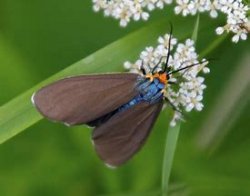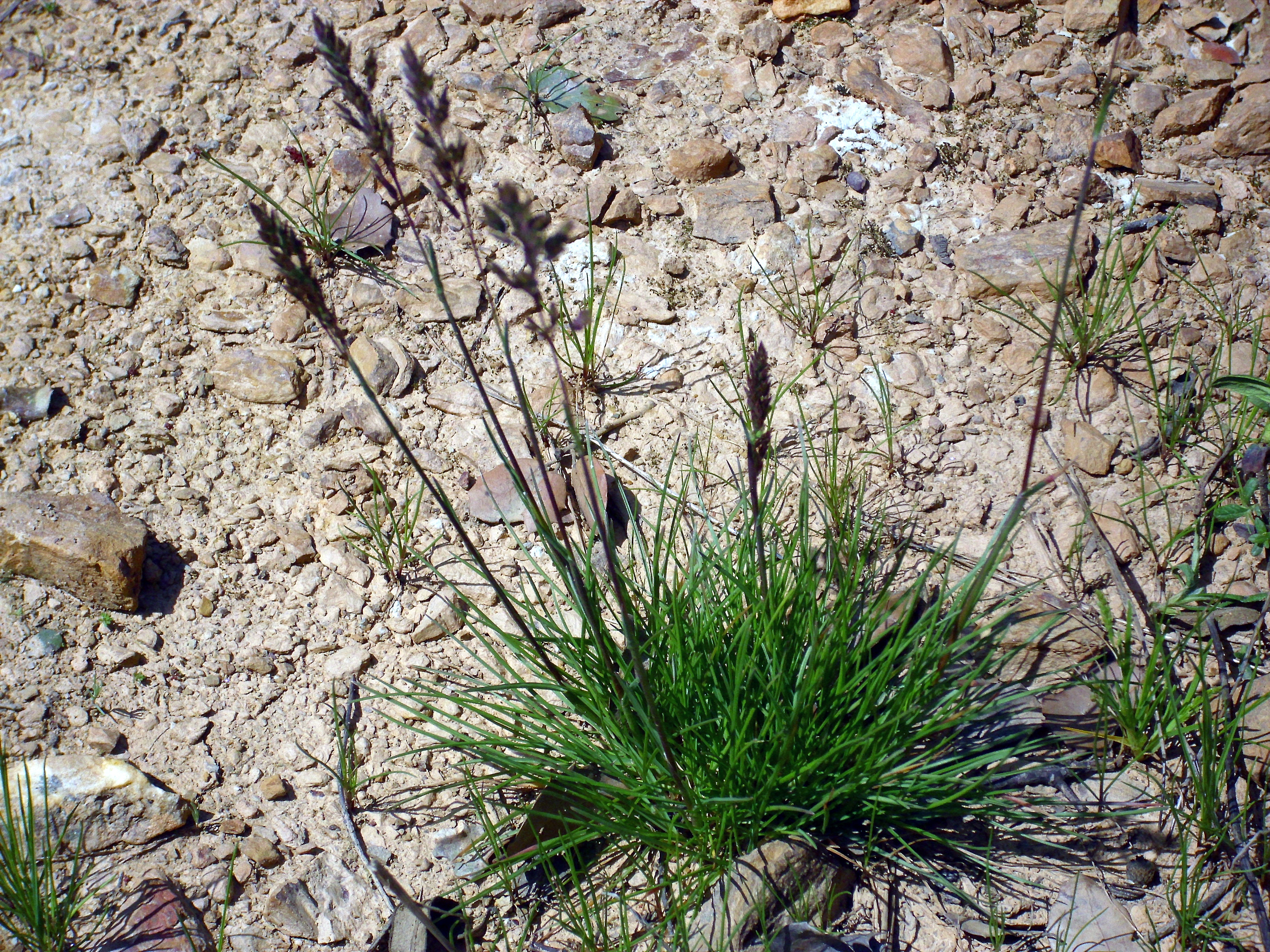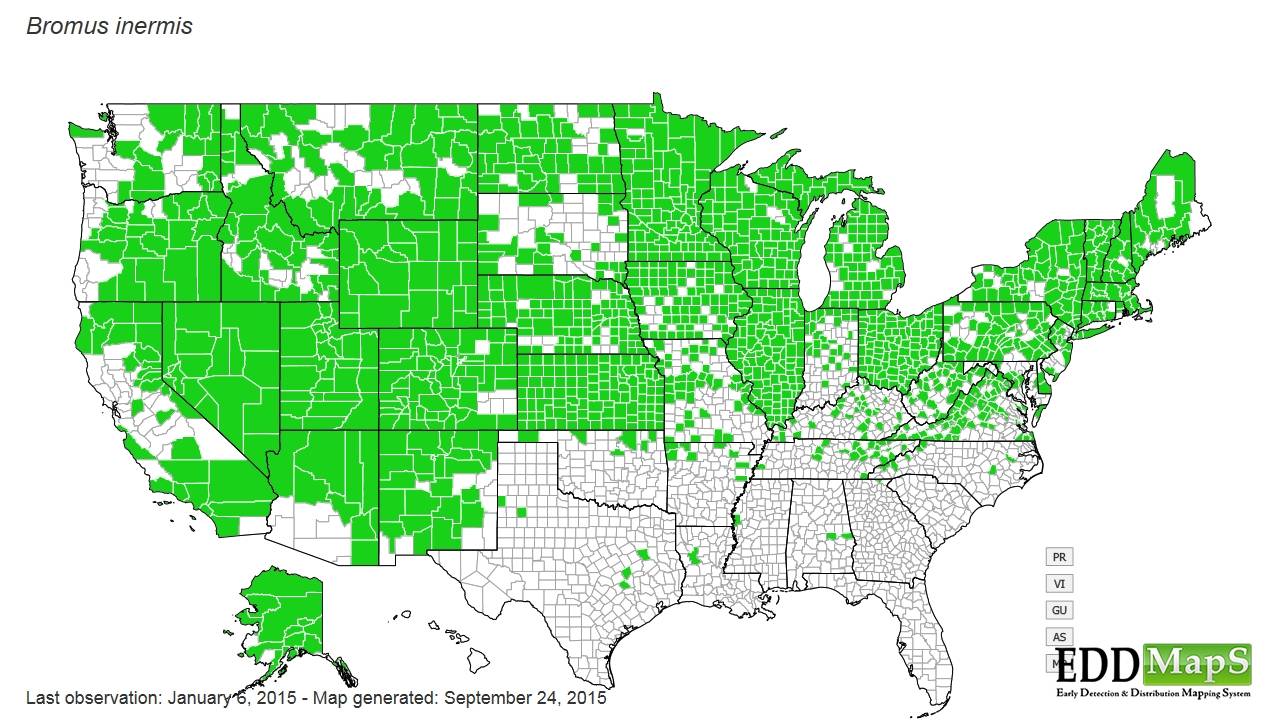An inspiring movie and butterfly, Likk! For kids with cancer, what are the possibilities that actual butterflies could be brought into the hospital?
We won't dismiss the anti cancer possibilities, though the morphos may be attracted to the vines on the trees in Alejuela province. Further investigation is required. A Yahoo search, "Machaerium granadensis" will retrieve the entry "Journal of the Lepidopterist's Society (1978)" which is the article entitled, "Studies on the Interactions of Morpho peleides (Morphidae) with Legumonisae," which shows photos of the caterpillars. Here is an excerpt:
'In the premontane tropical wet forest life zone of northeastern Costa Rica, a larval foodplant of the butterfly Morpho peleides Kollar is the vine Machaerium aff. floribundum Benth. (Legumonisae). The vine and butterfly occur in stands of mixed primary and secondary tropical wet forest. It is known that M. peleides utilizes several leguminous woody vines and trees as larval foodplants in Costa Rica (Young and Muyshondt, 1973) and the species can be reared on commercially available peanut plants both in Costa Rica and in Wisconsin.'
We won't dismiss the anti cancer possibilities, though the morphos may be attracted to the vines on the trees in Alejuela province. Further investigation is required. A Yahoo search, "Machaerium granadensis" will retrieve the entry "Journal of the Lepidopterist's Society (1978)" which is the article entitled, "Studies on the Interactions of Morpho peleides (Morphidae) with Legumonisae," which shows photos of the caterpillars. Here is an excerpt:
'In the premontane tropical wet forest life zone of northeastern Costa Rica, a larval foodplant of the butterfly Morpho peleides Kollar is the vine Machaerium aff. floribundum Benth. (Legumonisae). The vine and butterfly occur in stands of mixed primary and secondary tropical wet forest. It is known that M. peleides utilizes several leguminous woody vines and trees as larval foodplants in Costa Rica (Young and Muyshondt, 1973) and the species can be reared on commercially available peanut plants both in Costa Rica and in Wisconsin.'









